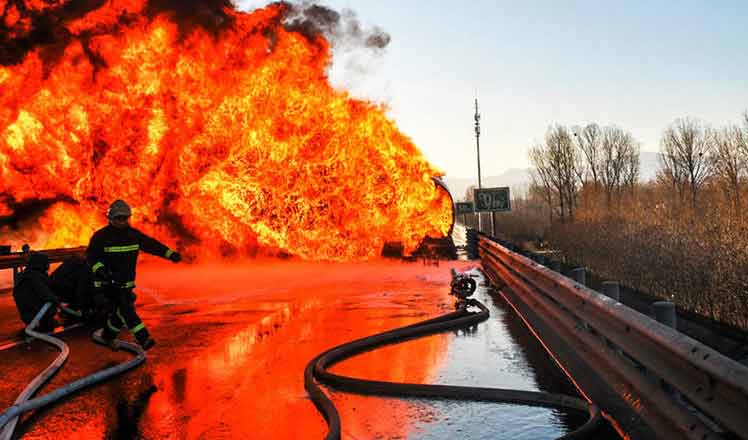Tillerson's East Asia tour holds promise
 |
|
Foreign Minister Wang Yi and US Secretary of State Rex Tillerson meet on the sidelines of a gathering of foreign ministers of the G20 leading and developing economies at the World Conference Center in Bonn, Germany, on Friday. CHINA NEWS SERVICE |
US Secretary of State Rex Tillerson, unlike Secretary of Defense James Mattis, will also visit China apart from visiting Japan and the Republic of Korea during his tour of East Asia. And since Tillerson is expected prepare the groundwork for a summit meeting between President Xi Jinping and United States President Donald Trump, his visit has drawn much attention.
The White House and the US media have reported the two leaders are likely to meet in Mar-a-Lago estate in early April. Apparently, the two sides have narrowed their differences due to Trump’s conversation with Taiwan leader Tsai Ing-wen on the phone soon after taking office. Later Trump promised to abide by the “one China” policy.
Tillerson and Mattis have made efforts to keep China-US relations on track. As a former military officer and business leader, Tillerson and Mattis are more familiar with the importance of the “one China” principle in the most important bilateral relations in the world. Perhaps because of their efforts, Trump reassured Xi during their 50-minute conversation on the phone on Feb 10 that the US will follow and respect the “one China” policy.
But China-US relations still face challenges, especially in regional security and bilateral trade. De-escalating tensions on the Korean Peninsula and preventing the Democratic People’s Republic of Korea’s from developing nuclear missiles and other weapons, as well as dealing with the problem of deploying the US’ Terminal High Altitude Air Defense anti-missile system on ROK soil are the key issues that Tillerson is expected to address during his visit to China.
To apparently counter the DPRK threat, the ROK is under increasing pressure to bolster its defenses. But THAAD may be the wrong recipe in the Seoul’s defense mix to guard against its perceived missile threat from Pyongyang. Besides, THAAD is seen as a political and strategic US ploy to contain China and Russia.
China and the ROK may be at odds because of THAAD, but at the root of the problem are the DPRK and the US. Arguably, anti-ballistic missile systems are the best defense against a missile threat. But such anti-ballistic missile systems should have a limited range, because excessive defense arrangements by any country coupled with the US’ unmatched strategic offense capability can only be seen as a provocative strategic move.
Tillerson’s upcoming visit to China and State Councilor Yang Jiechi’s recent visit to the US can be seen as efforts to pave the way for a meeting between Xi and Trump, where the two leaders are likely discuss how to advance China-US strategic talks. As such, the DPRK nuclear issue and THAAD’s deployment should stimulate, rather than prevent, Beijing and Washington to find new cooperative means to reduce the threat.
Trump was elected on his promise to “make America great again”. There is nothing wrong with that. However, Trump should realize that China-US trade relations have their own balance and logic, and it is too simplistic to calculate the importance of bilateral trade by just using the import-export volume. The Trump administration should also realize the road to a greater America could also pass through China. By promoting Chinese import from the US, rather than imposing heavy taxes on Chinese export to the US, the Trump administration could boost US manufacturing and achieve a win-win result for the two sides. Moreover, the two countries should complete the Bilateral Investment Treaty negotiation as soon as possible now that the Trans-Pacific Partnership Agreement ceases to be a stumbling block.
Beijing and Washington have much to gain in working together to meet the myriad challenges facing the world. After riding out the initial uncertainty due to Trump’s faulty handling of the Taiwan question, the two sides should work together to sort out the outstanding issues. And there is no greater platform than high-level institutional talks between the top leaders to do so, and Tillerson’s visit to China could prepare the groundwork for that.
The author is a professor at and associate dean of the Institute of International Studies, Fudan University.




















